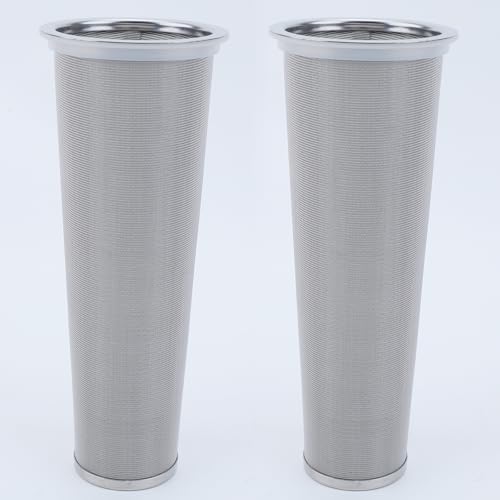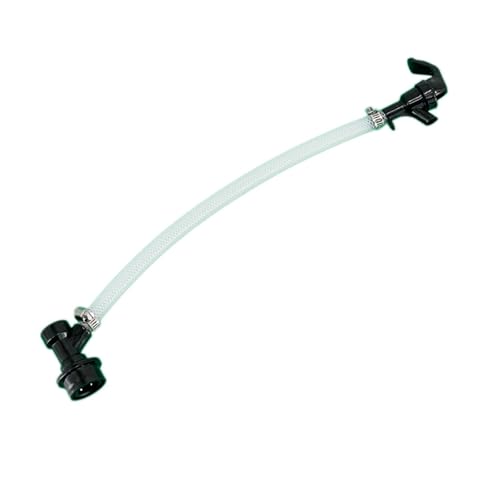Valid point. Maybe with letting out a decent force of CO2 from a floating dip tube, you will have an exerting force coming out of the fermenter, reducing the amount of o2 that can make its way in.
You can certainly flush the area with some CO2 and get the O2 out rather quickly. The water analogy - you have a bucket of dirty water, and add some clean water into it. The dirty water mix flows over the edges. After a while you end up with a bucket full of clean water, or of course very close enough to it.
That's not exactly how it works but is probably closer as a way to think of it.










































